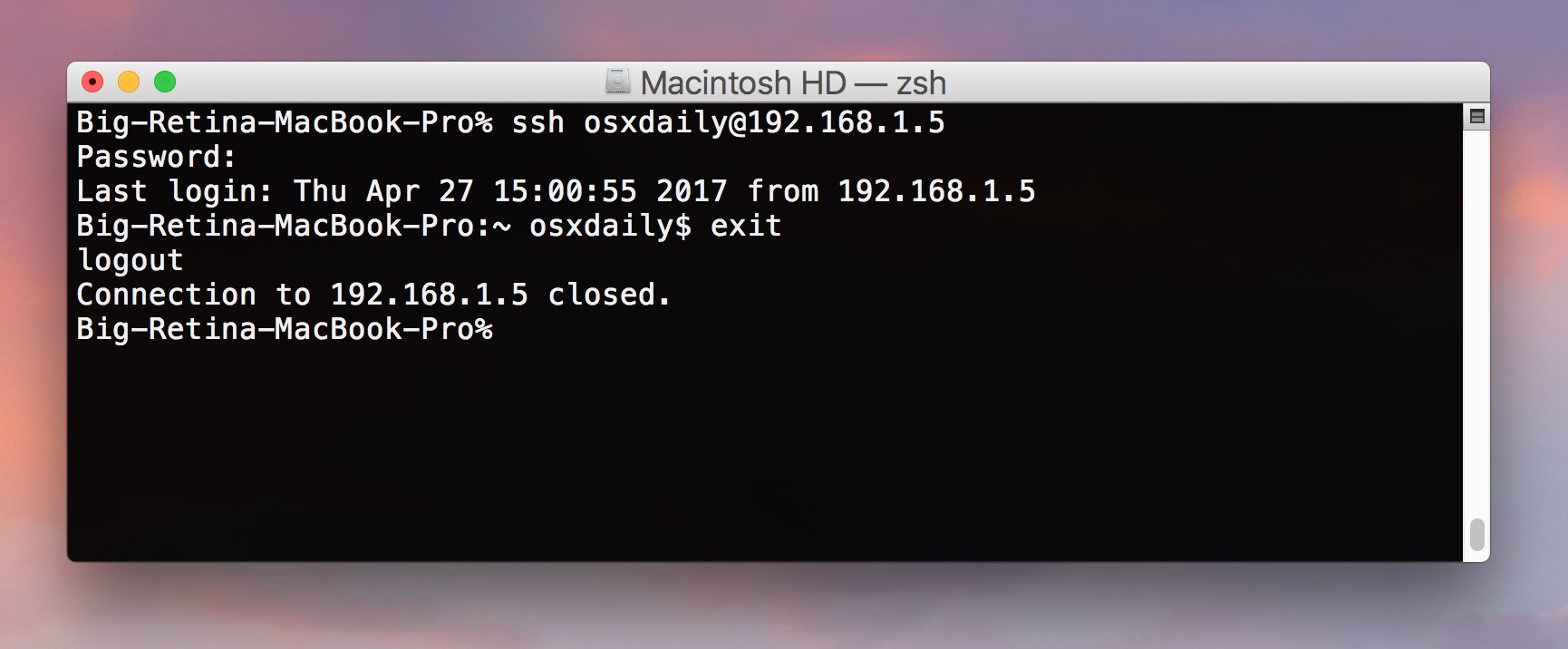Mar 31, 2020. https://yellowtransport391.weebly.com/ios-firmware-download-location-mac.html. Jan 19, 2018. Global Nav Open Menu Global Nav Close Menu; Apple; Shopping Bag +. Search Support.
https://educationyellow538.weebly.com/how-to-download-youtube-thumbnail-on-mac.html. Mac OS X v10.5, Mac OS X v10.6 and Mac OS X v10.7 installed X11.app by default, but from OS X Mountain Lion (10.8), Apple dropped dedicated support for X11.app, with users directed to the open source XQuartz project (to which it contributes) instead.
This article’s focus is on macOS crash reports. More specifically this article explains how you can (1) locate crash logs (2) and read them to diagnose a crash.
Your Mac can crash, rarely. These crashes usually mean nothing important, if it is rare. Thus it is not something you should worry about. In most cases, restarting your Mac will resolve the issue. Your Mac will automatically reboot itself.
However, if your Mac is crashing frequently, you may want to find our why these crashes occur so that you can prevent them from happening again. Todo list software for mac. And the most important thing you should do is to find more specific error details.
In this article we are going to take a look at using the crash logs that your system generate. These logs will help you identify what’s causing the crash.
See also: How To Use Network Utility on Mac
Where to find crash reports
There are two ways to access your crash reports. Ssd test app mac pro. Apps for mac like onenote. You can use any of the methods:
Mac Os Console Utility
- You can use the Console app. The Console app included with your Mac. You can open this app by going to Applications > Utilities > Console. You can also use Spotlight to access Console. Select your Device and click Crash reports under the ‘reports’ section.
- You can also find your crash reports in ~/Library/Logs/DiagnosticReports/. Here is how you can access there:
- Go to Finder
- Now press the Option key and then click Go (while you are pressing the Option key)
- Click Library
- Click the Logs folder
- Click the DiagnosticReports folder
- And open the file that says “Crash”
See also: Restart your Mac in Safe Mode
How to read macOS crash reports
Izotope imager 2. Understaing these reports can be difficult as they are usually big. Here is how you can decipther a crash report:

1. The first section of a crash report includes what process crashed. Something like this:
In this case, said process is WebKit (Safari).
Mac 11.2.5 boot disk download. 2. The next section of a crash report includes date/time and operating system, like this:
3. The next section includes more crash details (The Exception), something like this:
There are four common exeption types, according to Apple:
EXC_BAD_ACCESS/KERN_INVALID_ADDRESS — This is caused by the thread accessing unmapped memory. It may be triggered by either a data access or an instruction fetch; the Thread State section describes how to tell the difference.
EXC_BAD_ACCESS/KERN_PROTECTION_FAILURE — This is caused by the thread trying to write to read-only memory. This is always caused by a data access.
EXC_BAD_INSTRUCTION — This is caused by the thread executing an illegal instruction.
EXC_ARITHMETIC/EXC_I386_DIV — This is caused by the thread doing an integer divide by zero on an Intel-based computer.
The next section includes backtrace information. There can be one or multiple threads. In reverse chronological order, each thread shows the series of events .
To understand this section, find the thread that crashed. You can easily find that, because the report will say something like this: Thread (thread number) Crashed. This section explains what lead to the crash.
Like this:
Purchase order management. Time trackingiCloud document sharing is also available - it lets you share your files between Macs connected through iCloud. Inventory tracking. Construction accounting software for mac reviews. Payroll.
Mac Os X Console Application
There are four columns here:
- The first one is the frame number (reverse chronological), like 0, 1, 2, 3….
- The second one is the name of the program or other process that performed the task. In this instance, com.apple.WebKit.
- The third column is the counter program address.
- The fourth column is the task.
From this example, we know that, for example, “com.apple.WebCore 0x00007fff3e26977a WebCore::HTMLMediaElement::mediaCanStart(WebCore::Document&) + 90” is responsible for the crash.
Now you know what caused the crash and series of events triggered the crash. This will help you idendify the problem and then address it appropriately. https://retcusgati.tistory.com/13.
If your problem is a third-party app, you may want to contact its developer. Tell them your problem and you may want to send a copy of this crash log. You can click the share icon in the Console app to send the report.
See also: